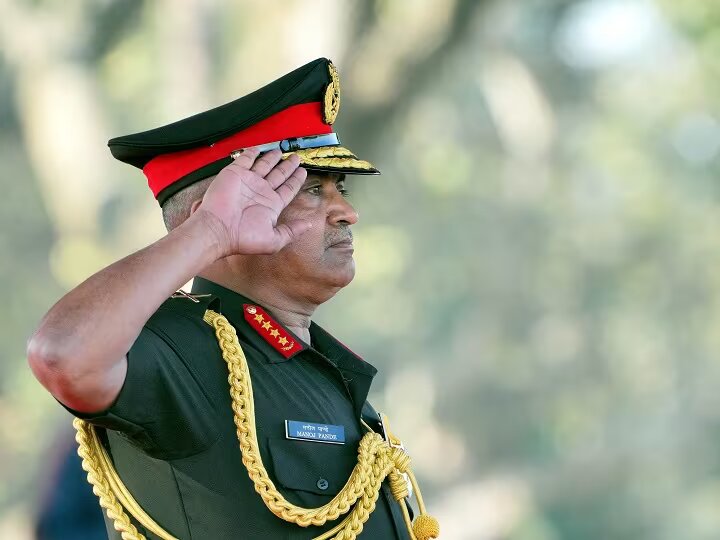General Manoj Pande said on Wednesday that India needs to be able to not only stop or slow down the “grey zone” warfare that China and Pakistan are waging, but also to keep them on the defensive. He also stressed the importance of “strategic deterrence instruments” to stop full-scale wars.
“Our unresolved borders are a problem that has been with us for a long time. It’s important to know that problems with how borders are managed can lead to bigger fights. So, the first thing that stands out is that it is important to have strategic deterrence instruments, as the Army chief said.
Gen. Pande didn’t say much more about this point when he spoke at a conference here, but it was clear that he was talking about how useful India’s nuclear weapons are in keeping China and Pakistan away.
Grey zone warfare, on the other hand, is using the operational space between peace and war to change the status quo or force an opponent to do something. This is something that China has gotten very good at over the years with its salami-slicing and other tactics.
As technology improves, grey zone aggression is becoming a more popular way to solve conflicts. Here, I want to stress that our enemies are still trying to get us in the grey zone,” Gen. Pande said, without naming China and Pakistan.
“These include everything that has to do with security and aren’t just limited to the military. We need ways to not just stop or lessen these attacks, but to keep the enemy in a state of constant reaction,” he said.
The Army chief talked for a long time about what he had learned from the ongoing conflict between Russia and Ukraine. He said that the “most important conclusion” was that self-sufficiency in key defence technologies and investments in research and development are strategic musts. He said, “In other words, the security of the country can’t be outsourced or depend on the kindness of others.”
The war has also shown that “hard power” is still important and that “land-centric” victory is still the best way to win. In the same way, India needs to be ready for “a full-spectrum conflict” that lasts a long time, not just quick wars.
“Information operations have taken on a whole new level, being carried out on many different levels with many different tools and domains. Gen. Pande said, “To win the war of stories, we also need to have the right skills and strategies in place.”
The Army has set up a “transformation roadmap” for adding technology to its war-fighting systems. The infantry, mechanised forces, artillery, air defence, aviation, engineers, signals, and logistics all have their own areas to focus on.
“India’s defence industry is rising to the challenge, and it’s starting to pay off. In the category of “design and develop,” 14 projects with a total cost of over Rs 61,000 crore are being worked on, Gen. Pande said.
IITs are working on 17 projects in robotics, sensors, smart munitions, high-powered lasers, lightweight armour, low-light imaging, extending the range of artillery shells, habitats for high-altitude areas, and UAV jamming.
Under the “Make-II” category of projects, where prototype development is paid for by the industry, 45 projects worth about Rs 28,000 crore are in progress. The Army is also using 42 projects in the iDEX (innovations for defence excellence) category to take advantage of the growing start-up scene. Nine of them, worth about Rs 300 crore, are already in the process of being bought.
“The goal we set for ourselves determines our “desired military capabilities.” Gen. Pande said, “It is to prevent war, achieve desired political goals through the use of military power, and create an internal and external environment that allows India to grow economically and socially without hindrance so that it can take its rightful place in the new world order.”
“The capabilities we’ve come up with should prevent war by acting as a credible deterrent, and they should also allow us to respond to threats across the whole range of conflict,” he said.
